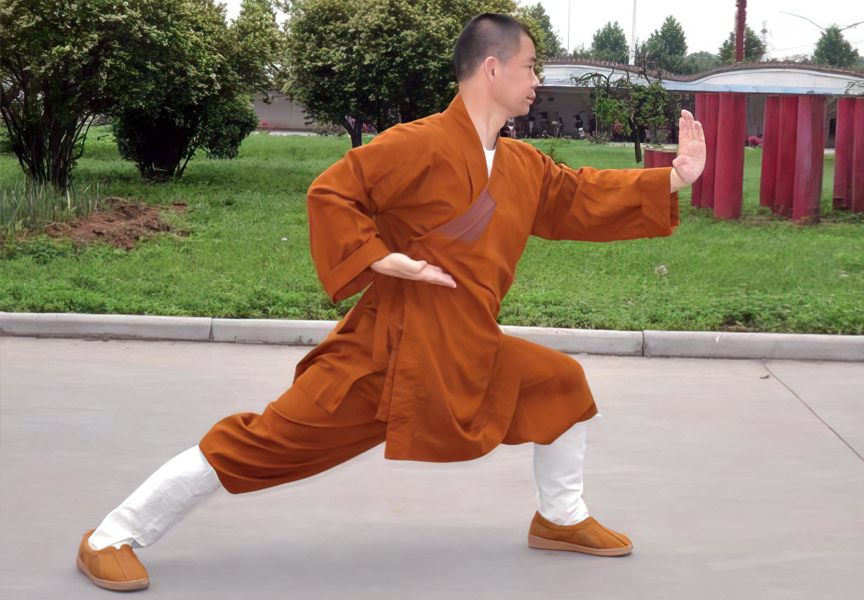Random Free Articles
- Traditional Greeting
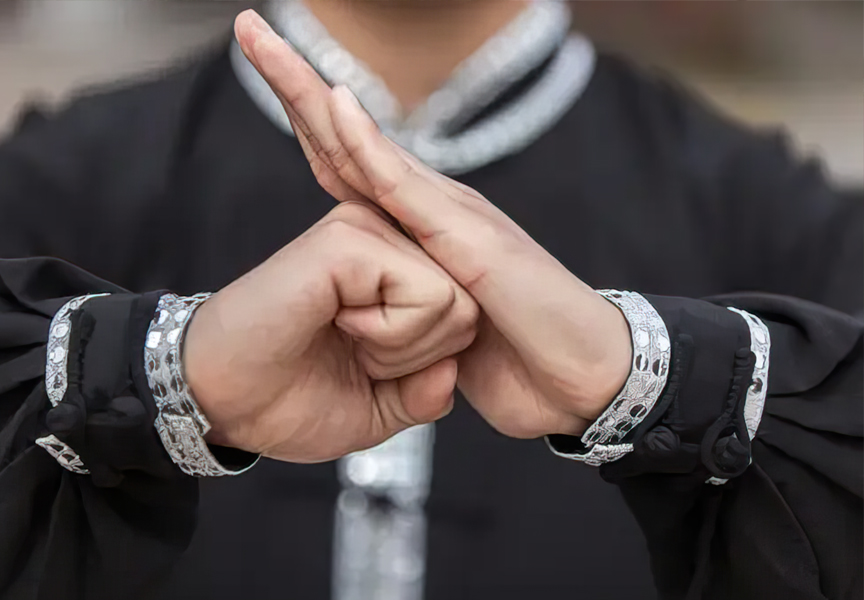
The Art of Respect Chinese martial arts, deeply rooted in a rich history and philosophy, extend beyond physical prowess and combat techniques. A fundamental aspect of this ancient practice is the etiquette and rituals that accompany it. One such tradition is the traditional salute, a symbolic gesture known as Fist Covering Greeting [Chin.: bàoquánlǐ 抱拳禮], Presentation of Respects [Chin.: gǒngshǒulǐ 拱手禮], or simply Salute…
- Qualities of a True Martial Arts Master
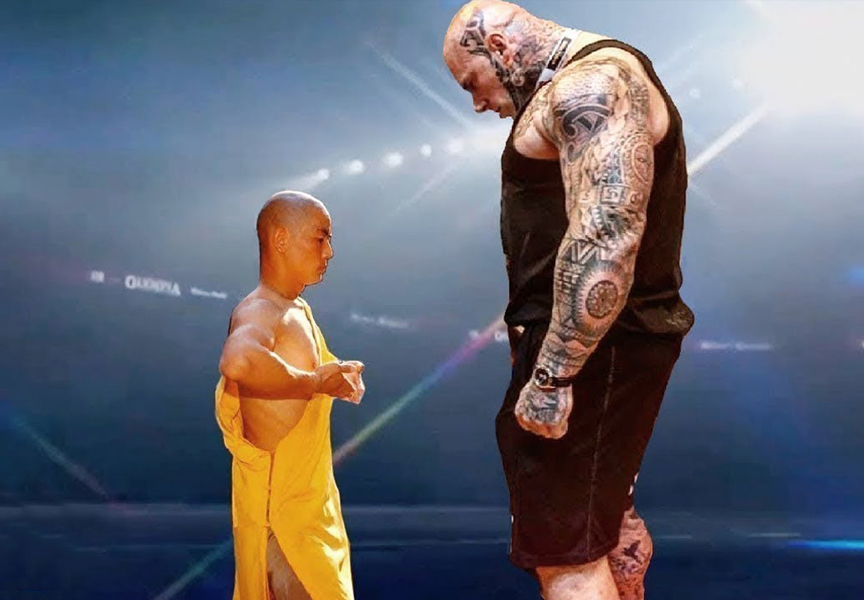
Martial arts is not just about physical prowess; it's a holistic discipline that encompasses mental, emotional, and spiritual growth. At the heart of every successful martial arts journey stands a master, a guiding light who possesses not only exceptional combat skills but also a myriad of qualities that inspire, teach, and transform their students. The qualities that define a true martial arts master go beyond technique and strength;…
- The Transformation of the Humble Bench
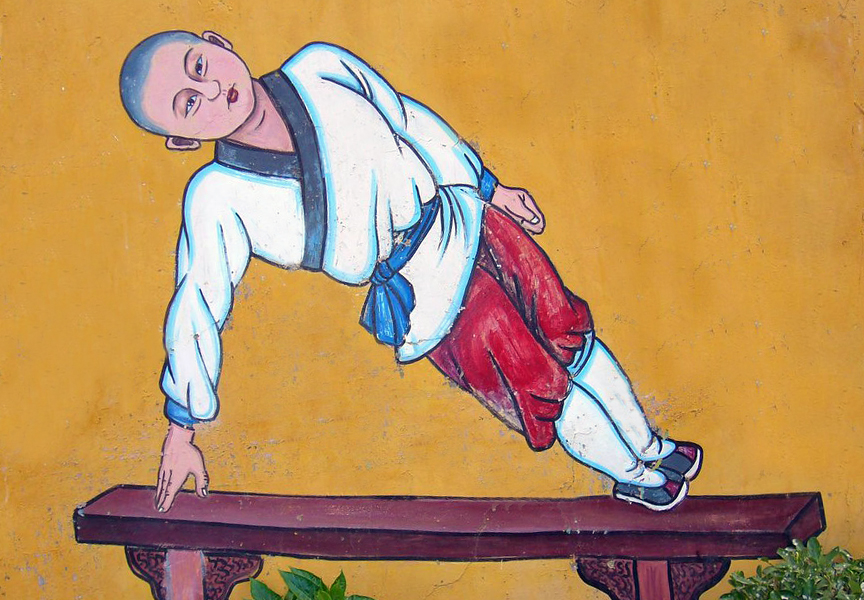
From Seating to Weapon of Choice In the world of martial arts, innovation and adaptability have always played a crucial role in shaping the evolution of combat techniques. One of the most intriguing examples of this phenomenon can be found in the ancient discipline of Shaolin Kung Fu, where the seemingly ordinary bench - Changyi [Chin.: Cháng yǐ 长椅] has been transformed into a formidable weapon of choice. Originally designed for seating,…
- Song Kua in Shaolin Rou Quan
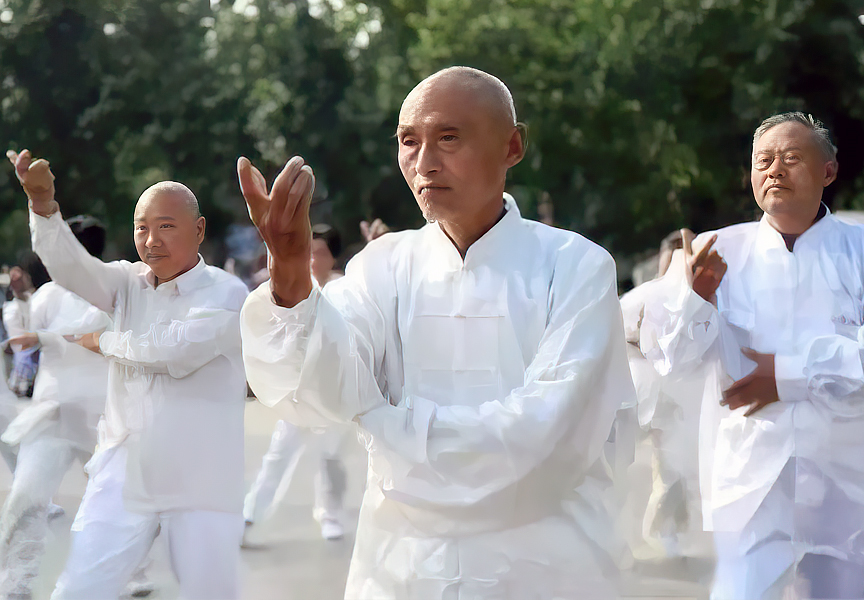
The Essence of Relaxation and Expansion Shaolin Rou Quan, is a Chinese Shaolin martial art that emphasizes the principles of balance, harmony, and the cultivation of internal energy. One crucial concept in Shaolin Rou Quan that encapsulates the essence of its movements is Song Kua -[Chin.: Sōng kuā 松夸], which can be translated as (relax the hip joints) or (open the crotch.) Understanding and embodying the principle of Song Kua is…
- Vital Role of Proper Breathing
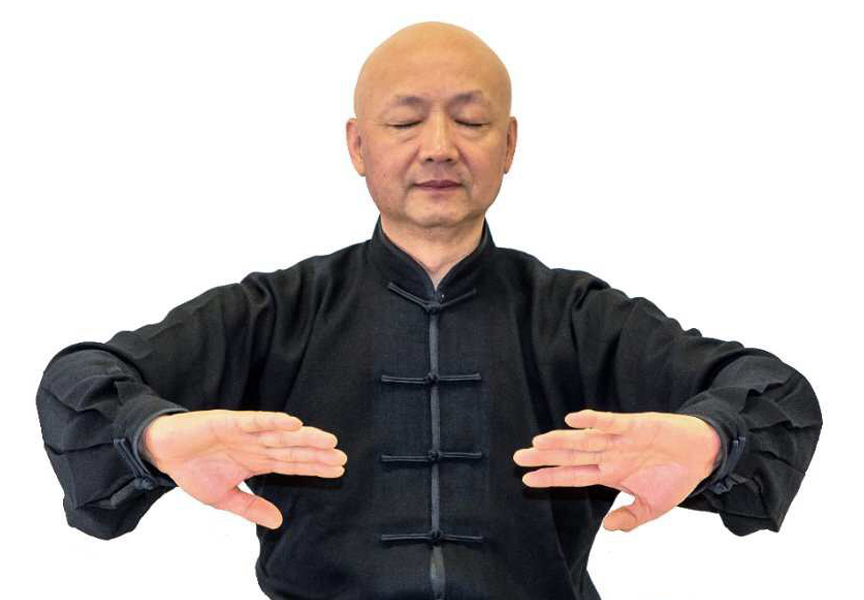
Martial arts, beyond its physical demands and techniques, encompasses a profound understanding of the mind-body connection. Among the various elements that contribute to the success of a martial artist, proper breathing stands out as a fundamental and yet often overlooked aspect, especially in hard styles. In many traditional martial arts disciplines, effective breathing methods are left to the students to discover on their own. This article…

